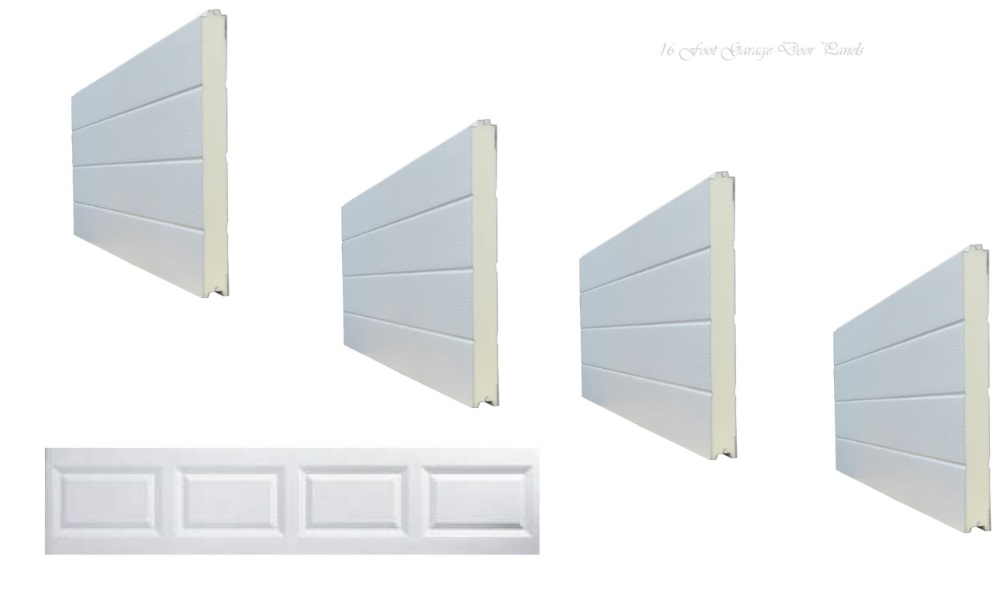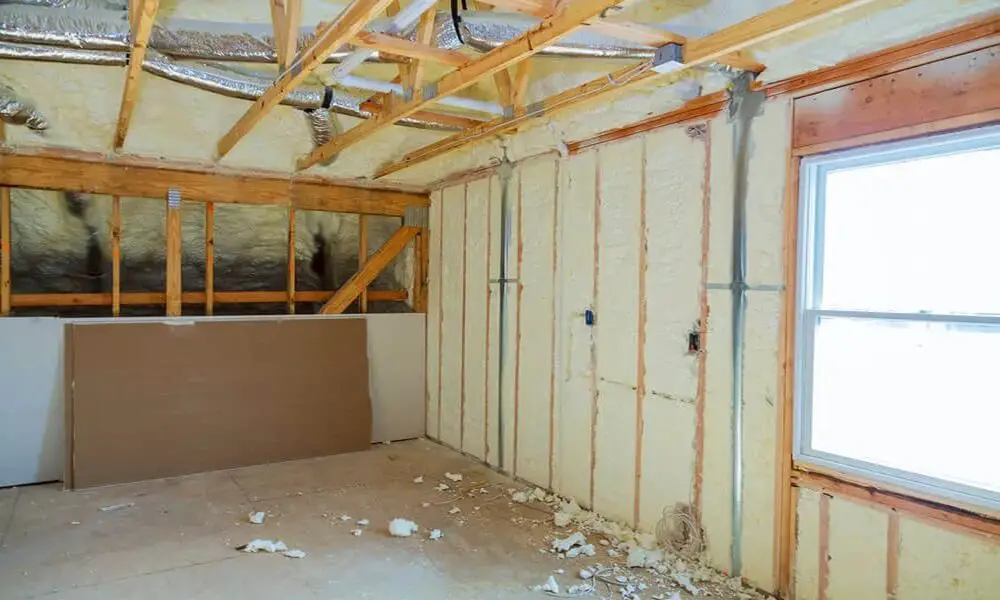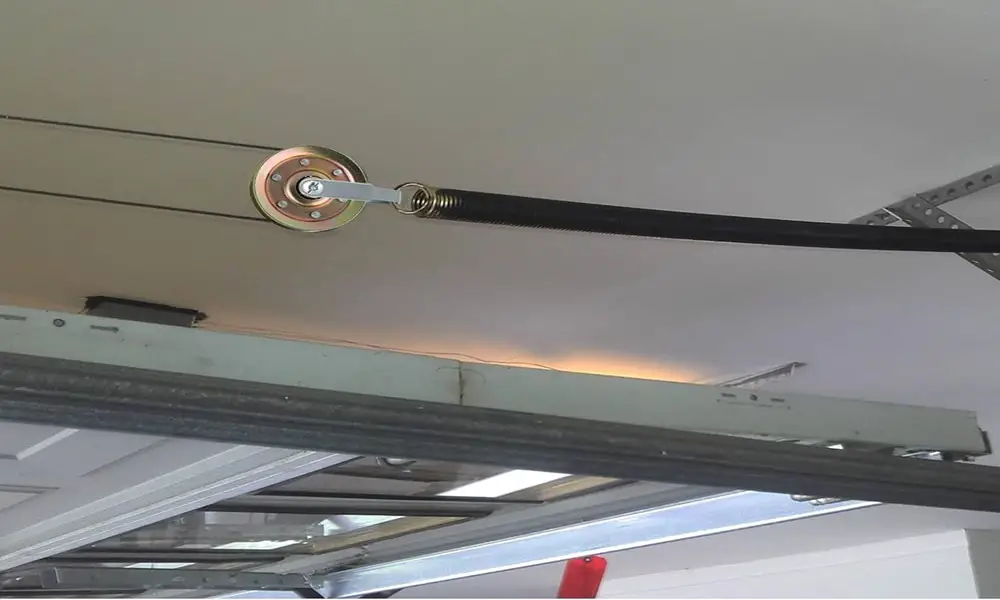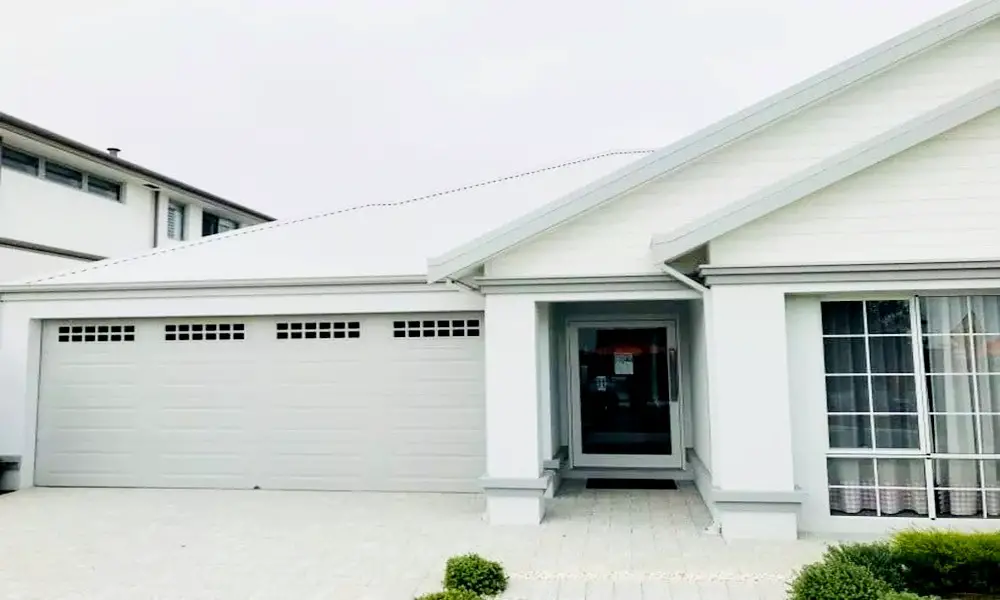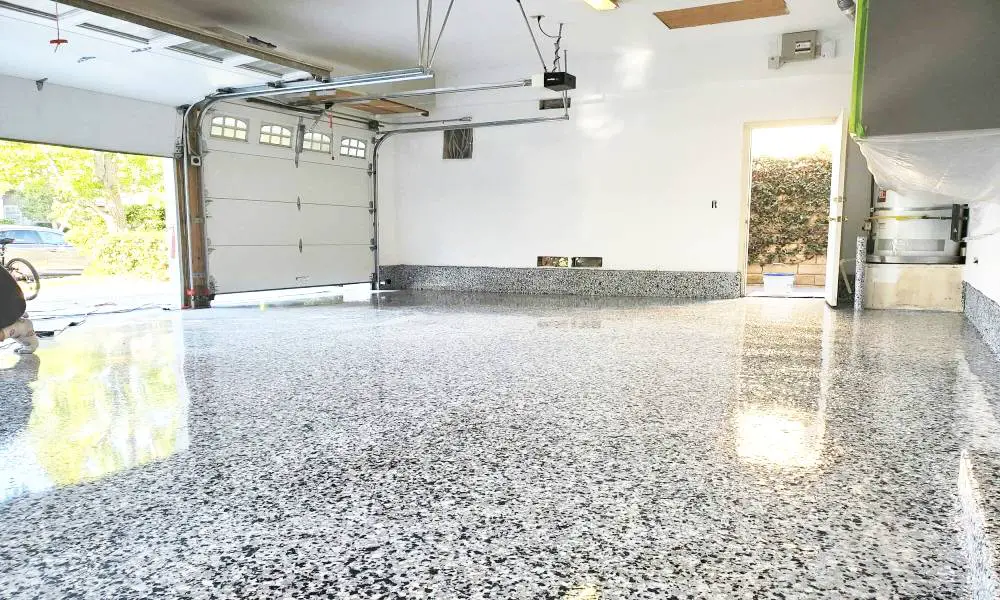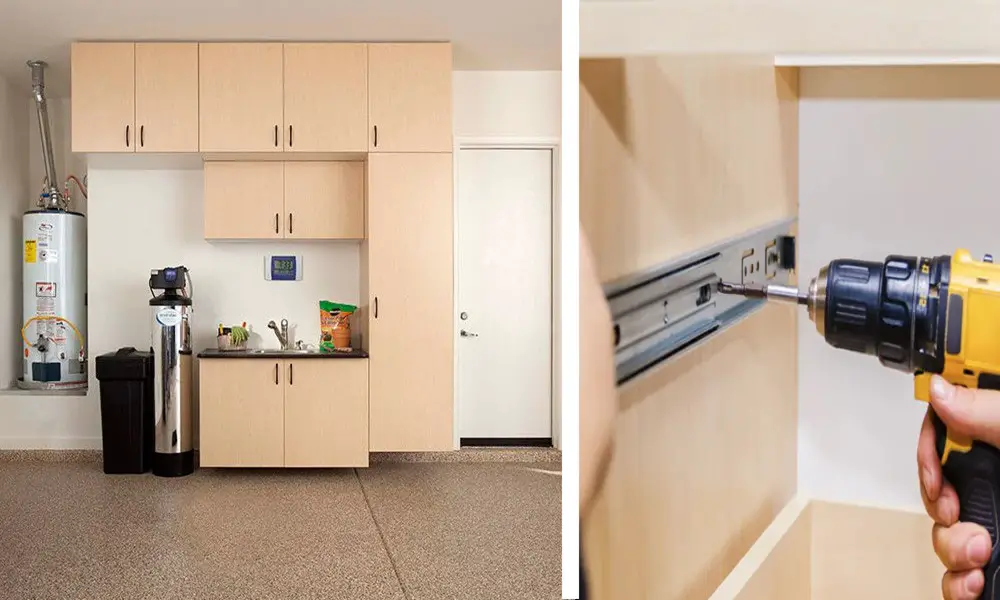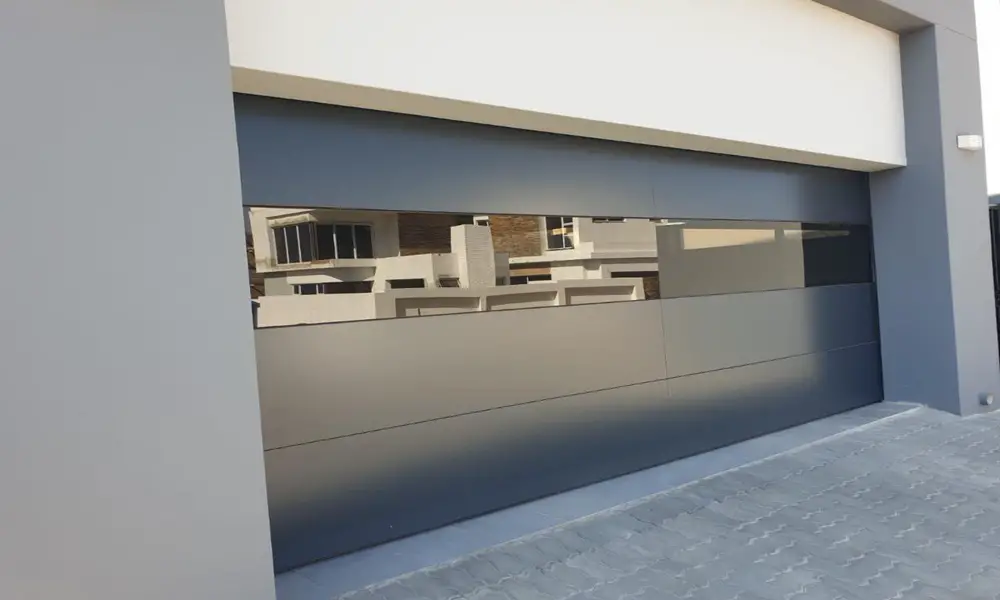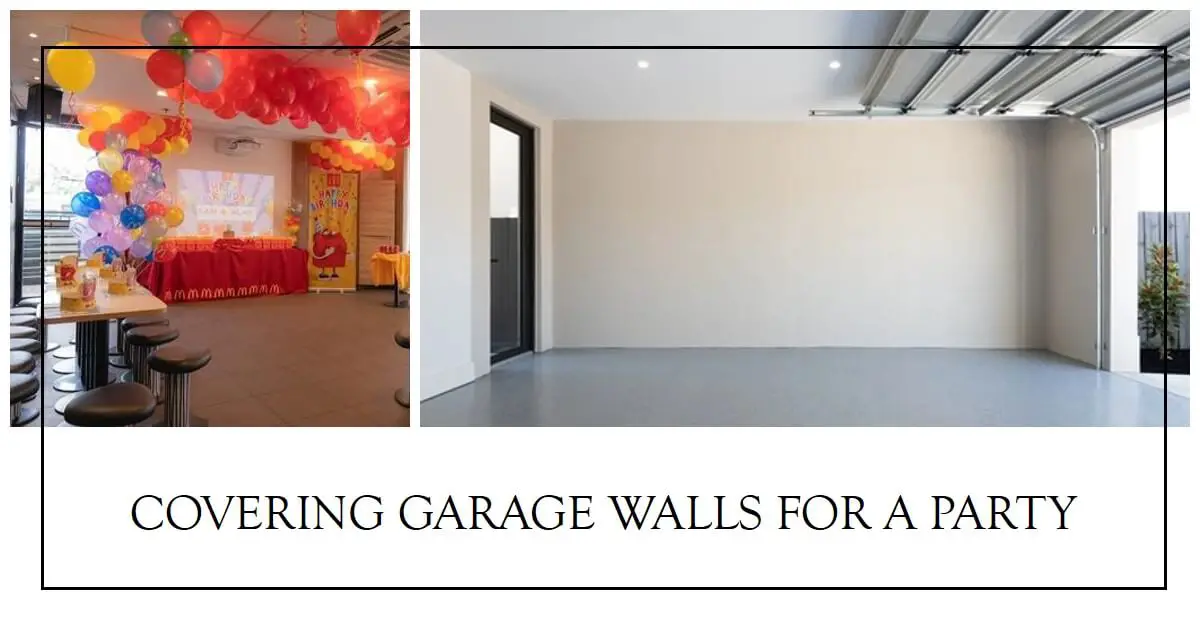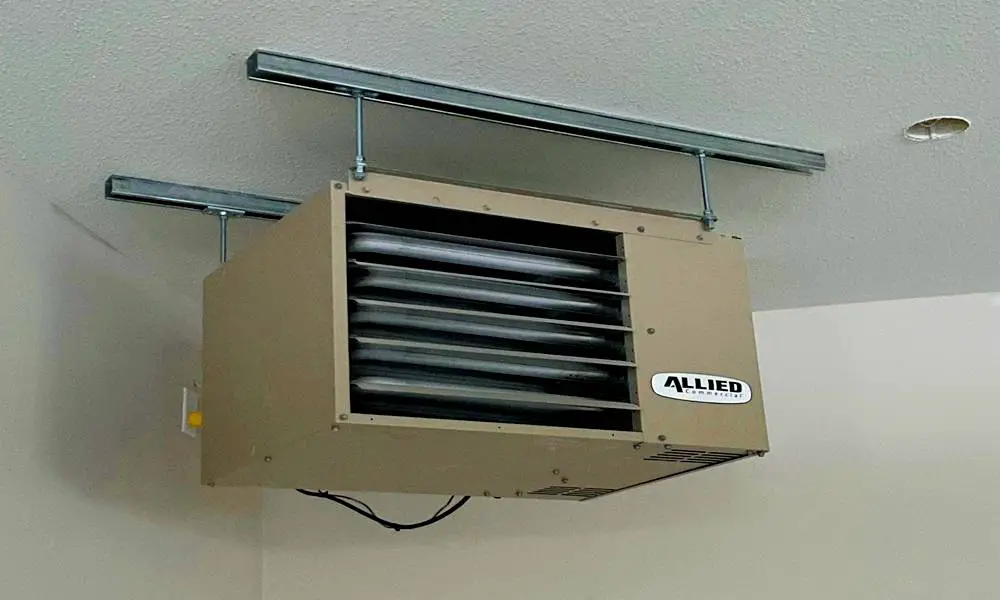Garage Door Sensor Light Is Yellow: Quick Fixes
Embarking on the daily routine, you hop into your car, ready to leave the confines of your home. Yet, a […]
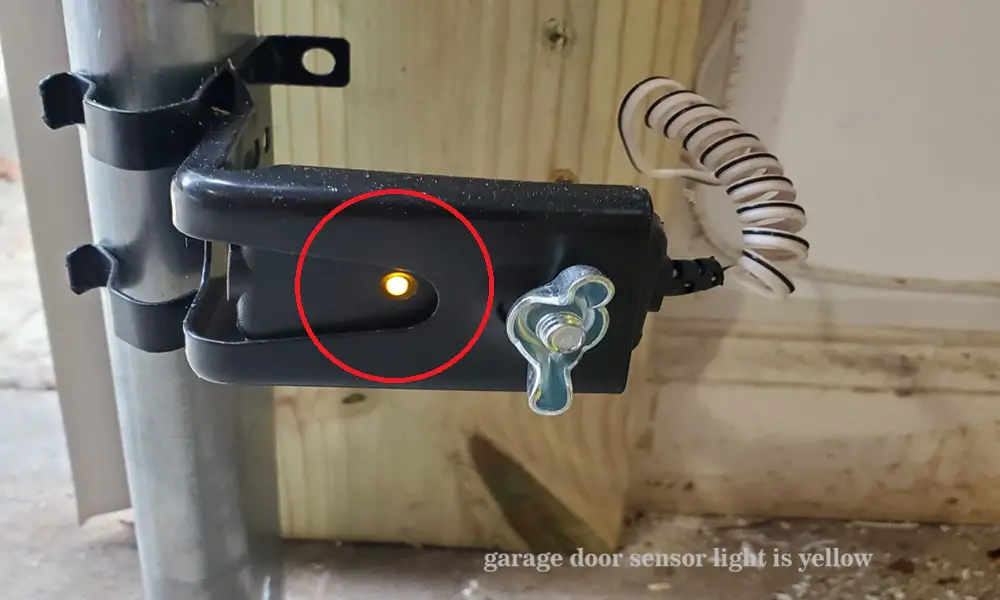
Embarking on the daily routine, you hop into your car, ready to leave the confines of your home. Yet, a seemingly trivial yet vexing issue obstructs your path—the yellow light on your garage door sensor. A beacon of frustration for many homeowners, this glitch can disrupt the smooth functionality of an everyday convenience.
Understanding Garage Door Sensors

Before we tackle the troubleshooting steps, let’s unravel the mystery behind garage door sensors. Positioned at the base of the garage door, these sensors operate by shooting an infrared beam back and forth. Their primary purpose is to act as a reverse safety mechanism, preventing the door from closing when an obstruction is detected.
The Frustration of a Misbehaving Sensor
If you’ve ever experienced a garage door that refuses to close or abruptly shoots back up, you’re not alone. This common issue often stems from misaligned or dirty sensors, disrupting the seamless operation of your garage door.
Quick Fix 1: Clean the Sensors
The simplest solution can sometimes be the most effective. Start by examining both sensors and ensure they are clean. Dust, debris, cobwebs, and other environmental factors can hinder their performance. A quick wipe with a damp paper towel can often do the trick.
Quick Fix 2: Aligning the Sensors
One major reason for the yellow light conundrum is misalignment. If the sensors are not precisely facing each other, the infrared beam won’t travel smoothly. Take a moment to inspect and adjust the sensors, ensuring they are perfectly aligned. A slight adjustment to the lug nut can make all the difference.
Maybe you have also experienced this:
Pro Tip: Secure with a Zip Tie
Enter the humble zip tie, a versatile tool that proves its mettle in garage door sensor stability. The concept is straightforward but remarkably effective. By carefully affixing a zip tie to the front of the sensors, you create an additional layer of support that withstands the door’s vibrations.
How to Implement the Zip Tie Method
- Gather Your Materials: Grab a standard zip tie, ensuring it’s of sufficient length to wrap around the sensors.
- Identify the Front: Take a close look at the sensors and identify the front side where the beam is emitted. This is where you’ll secure the zip tie.
- Wrap and Tighten: Carefully wrap the zip tie around the sensors, ensuring a snug fit. Tighten it enough to provide support but not too much to cause strain on the sensors.
- Trim Excess: Trim any excess length of the zip tie to ensure a neat and tidy appearance.
Potential Issues Beyond Misalignment
If the yellow light persists after the above fixes, there might be other underlying issues. Check the sensor wires for any signs of damage or disconnection. Ensure there are no objects obstructing the sensors’ view, as even seemingly harmless items can interfere.
Seeking Professional Help
In rare cases where DIY solutions fall short, reaching out to customer support for your garage door brand is the next step. Whether you have a Chamberlain, LiftMaster, or Genie, their support teams can provide guidance tailored to your specific situation.
Conclusion
Dealing with a yellow light on your garage door sensor can be a headache, but the majority of issues are easily resolved. By keeping your sensors clean, aligned, and free from obstructions, you can ensure smooth and hassle-free garage door operation.
FAQs:
Can I use any type of paper towel to clean the sensors?
Yes, a standard paper towel with a little water should suffice for cleaning the sensor lenses.
How often should I check and clean my garage door sensors?
It’s advisable to perform a visual check and cleaning every few months to ensure optimal functionality.
What if the yellow light persists after aligning the sensors?
If alignment doesn’t solve the issue, inspect the sensor wires for damage and check for any interfering objects.
Is it necessary to hire a professional for sensor issues?
In most cases, the solutions provided in this article should suffice, but if problems persist, contacting customer support is recommended.
Can I use the zip tie method for any brand of garage door sensors?
Yes, securing sensors with a zip tie is a universal precaution that can be applied to most garage door sensor setups.
Furqan Abril
As an author and expert in garage door systems, I am excited to share my knowledge and experiences with you. Whether you're a homeowner, a garage door enthusiast, or a professional in the industry, this web will serve as your comprehensive guide to understanding, maintaining, and enhancing your garage door.
